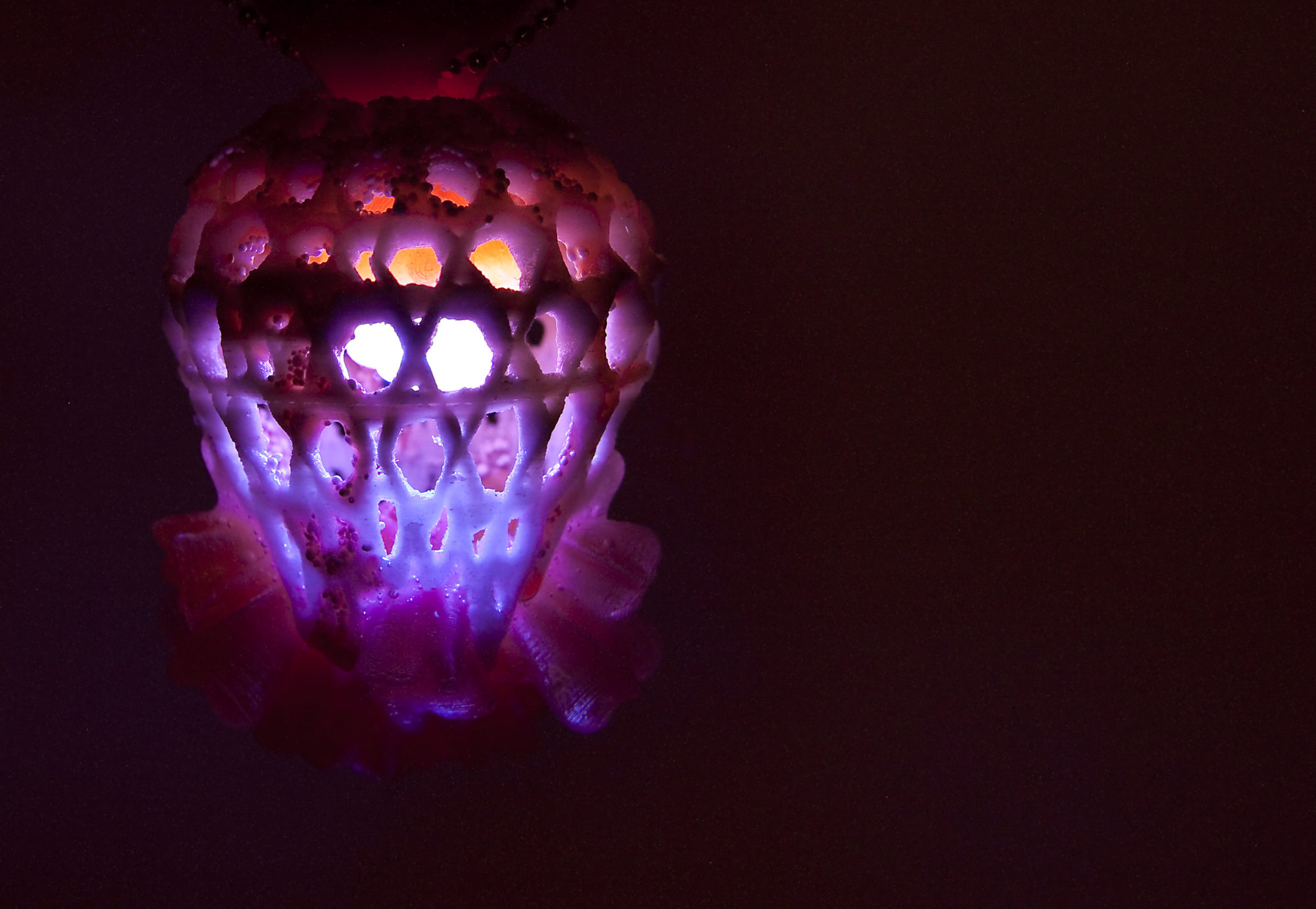So, my birthday has been and gone for another year. Knee-deep in my various PhD research projects, my parents asked me what I would like for a present this year to cheer me up in these stressful times. Imagine their faces when I told them that I would love a kit to build my own plastic filament extruder – probably not quite what they had in mind!
I first read about the Filastruder on Kickstarter about a year ago, before I even owned a 3D printer, and thought it looked really intriguing if a little dangerous. Kickstarter is a great way of finding out about brand new things happening in the 3D printing community, but even though I have been known to back the odd project or two, and so far have not been too unlucky (if you don’t count the month-long delays – Kickstarter is definitely for the VERY patient), most things presented there should be taken with a pinch of salt. Even vastly successful projects like the Form1 often benefit from a period of beta testing, and if your priority is reliability rather than ‘being first’ it often pays to wait a year or two for the technology to get more established and for kinks to be ironed out.
As I have started to experiment a lot more with my printer recently, two things have come to my attention. Firstly, even though PLA is not terribly expensive to buy, the cost soon adds up as I found myself going through filament at a scary rate in the first few months, especially printing out vital components for my research. Secondly, the amount of waste filament also builds up relatively quickly, either from support material or failed prints, which even despite careful planning can and do happen. So, enter the Filastruder. A relatively simple contraption, it is a build-it-yourself plastic filament extruder sold in kit form by the original Kickstarter developers in the US. Since its Kickstarter days, the kit has built up a solid following of DIY filament makers, with some, such as avid blogger Grayson Galisky, documenting in great detail their filament making experiments on the Solidoodle 3D Printing Community. Of course, since the Kickstarter campaign other filament extruders such as the Filabot and more recently the Protocycler have come to the market – and I am definitely keeping an eye out for the latter. For a UK based option, the Strooder looks promising – compared to the earlier kits those newer machines are definitely heading away from the DIY aesthetic towards a more consumer-friendly look. But for the moment, the Filastruder is the most economical option actually available on the market (the Protocycler and Strooder are both still in their pre-sales phases with release dates estimated for late 2015/early 2016). I have also opted for the spooling kit, as I have run into tangles with loose filament in the past, and the spooler makes the whole assembly much neater altogether.
Making virgin filament is relatively straightforward – buy PLA or ABS pellets or powder in bulk, add a carefully calculated amount of ‘masterbatch’ colourant to the pellets in the hopper of the extruder, mix and start extruding! The pellets need to be completely dessicated to get a great batch of filament, so baking them in an oven for a few hours will really improve quality levels (and of course storing them correctly afterwards). The masterbatch colourant is either sold with the pellets (Colourfabb do this) or you can devise your own methods to make it up – as far as I can tell from the forums almost anything goes, including the addition of powdered metals, wood etc to make exotic filaments. The possibilities that await!!! And it is a lot cheaper than buying ready-made filament. Depending on where you get the raw materials, you could save between 50%-80%.
However, another major appeal for a lot of people will be recycling their failed prints into freshly extruded brand new filament. And this is unfortunately a lot more complicated. The main hurdle to this is really getting your failed prints and waste filament to become tiny granules again – to work in the Filastruder, they need to be less than 5mm in diameter. Plastic can be a really awkward material to work with, and anyone who has ever tried to polish acrylic will know that using powertools of any kind will lead to rapid melting of the material. So apparently will putting PLA in a food processor to chop it up. Industrial plastic granulators are not only prohibitively expensive, but also incredibly bulky – unless you have a massive garage or outbuilding and get really lucky on ebay or a used industrial equipment auction, this will not be an option for you. The second option is using a special plastic shredder. Filabot last year announced the development of their own mini shredder, the Filabot Reclaimer, which looked absolutely lethal in their original promo video and has since been revised to be operated with a hand crank. Within the EU, there is FilaMaker, with their hand cranked mini shredders which look amazingly robust but are expensively handmade to order. These are probably the only viable options for 3D printing enthusiasts at this point – the Protocycler promises to feature its own built-in mini shredder, which would be a massive boon, but who knows if it is still around in a year? If you live in a city with a large industrial base, you might be able to find someone who is willing to let you granulate your waste PLA/ABS. But failing that, it’s really a question I have no answer for as of yet.
Anyway, I will write updates about my new toy as and when it arrives…

You must log in to post a comment.